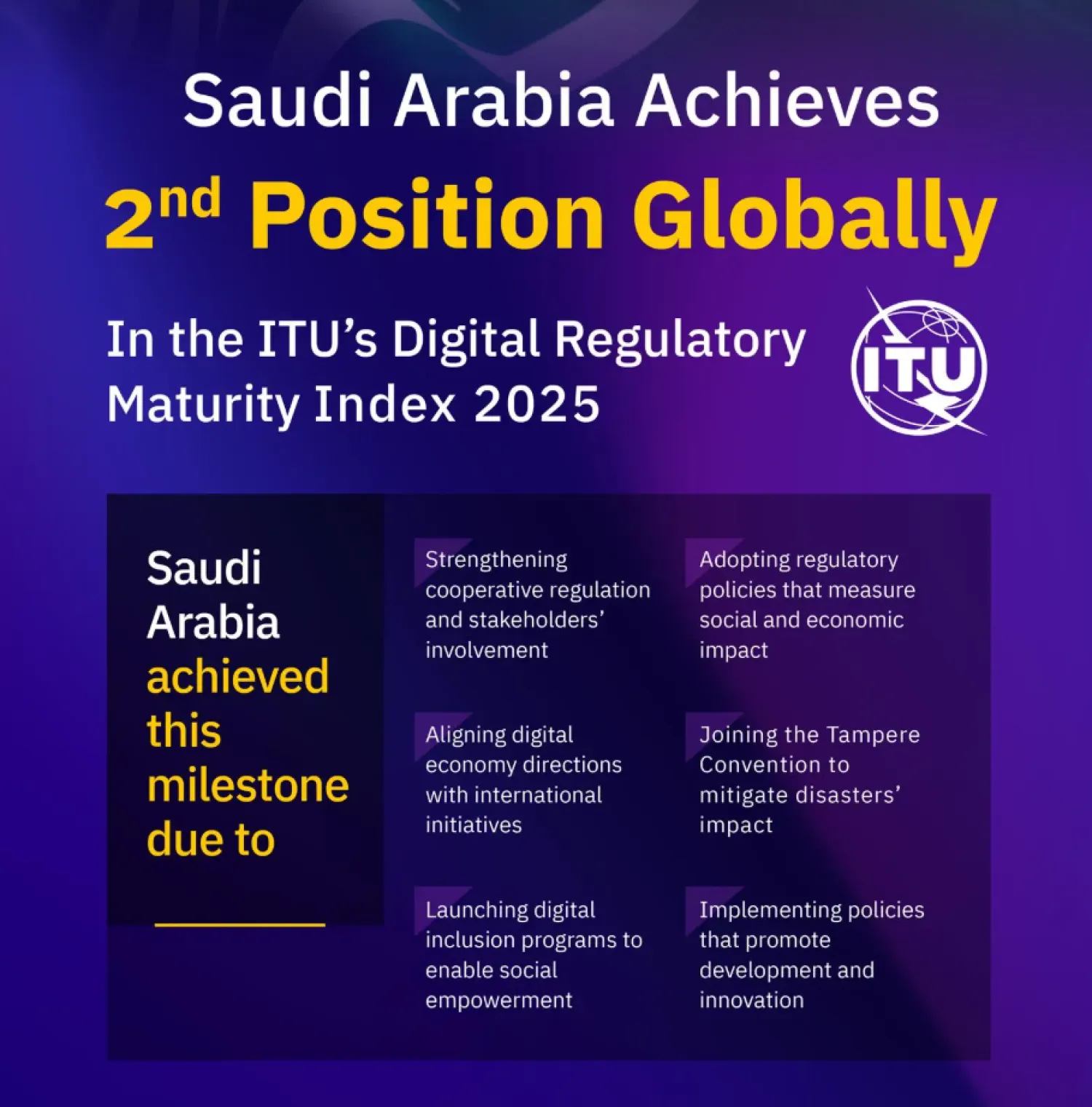The European Central Bank left interest rates unchanged Thursday for the fourth meeting in a row as the economy in the 20 countries that use the euro increasingly looks strong enough to get by without the stimulus of lower borrowing costs for businesses and consumers.
Bank President Christine Lagarde said that while the economy had remained “resilient,” there was too much uncertainty over trade and international conflicts to give any hints about future moves.
“We reconfirmed that we are in a good place” with interest rates, she said. “Which does not mean that we are static.”
Instead, the bank's rate setting council would take things meeting by meeting, starting with the next gathering in February. There is “no set date for any move,” she said. “There are lots of factors that that are in play and that will evolve over the course of '26.”
The council left the benchmark deposit rate unchanged at 2%, where it has been since a rate cut in June. Economists now think the rate could stay there for months - and possibly into 2027.
That’s because the ECB remains poised between inflation that’s just a bit too persistent and growth that’s underwhelming but steady after a trade deal with the US remove some of the uncertainty that had held back business planning. Higher rates fight inflation while cuts support growth.
The bank said in its decision statement that economic growth “is expected to be stronger” than in the bank's last projections in September, while inflation in services businesses was declining more slowly, even as overall inflation was expected to stabilize at the bank's 2% target.
Surveys of purchasing managers by S&P Global slipped slightly for December but still showed business activity expanding as the year comes to an end, reinforcing expectations that the 20 countries using the euro currency will continue to see growth of around 0.3% per quarter over the previous quarter.
That outcome is better than feared during turbulent trade negotiations with the United States over the summer, which finally settled with a 15% tariff, or import tax, imposed on European goods by US President Donald Trump.
Trump had threatened higher rates and the deal struck with the European Union's executive commission appears to have removed uncertainty and made it easier for businesses to make decisions. So the economy can get by without the added boost from a cut, analysts say.
“The haze of economic uncertainty has somewhat lifted, especially regarding trade,” The Associated Press quoted economist Lorenzo Codogno as saying.
On top of that, inflationary pressures remain too high for the ECB to contemplate a cut. The headline rate of 2.1% for annual inflation in November is roughly in line with the bank's goal of 2%, thanks in part to a drop in volatile energy prices. But inflation was higher at 3.5% in the services sector, which encompasses much of the economy from hairdressers and hotels to concert tickets and medical services.
While the ECB stood pat, the Bank of England on Thursday cut its key interest rate for the first time in four months as stubbornly high inflation starts to ease.
Policymakers voted 5-4 to reduce the base rate by a quarter of a percentage point to 3.75% on Thursday. Consumer price inflation slowed to 3.2% in the 12 months through November, from 3.6% a month earlier.
Central bank rate cuts can support growth because they strongly influence borrowing rates throughout the economy, lowering credit costs and promoting credit sensitive purchases such as new homes by consumers or new production facilities by businesses. Higher rates have the opposite effect and are used to contain inflation by dampening demand for goods.









